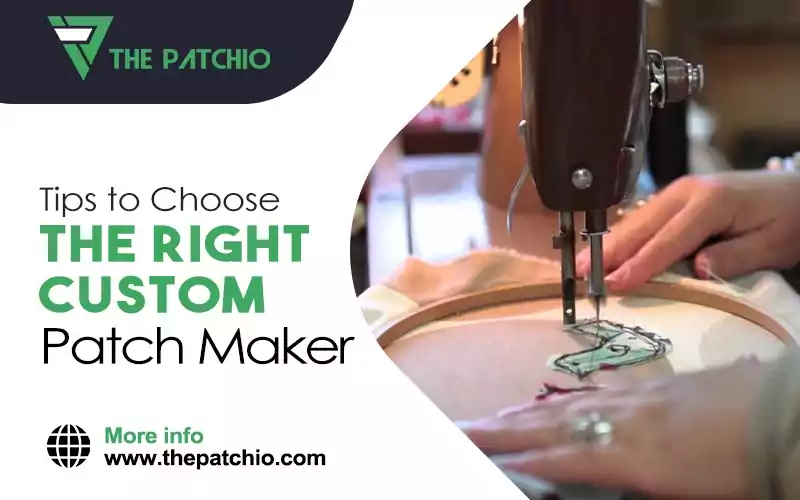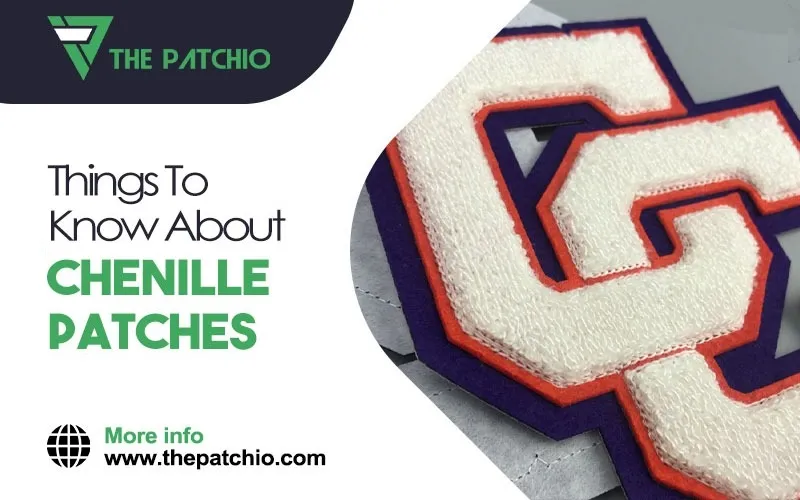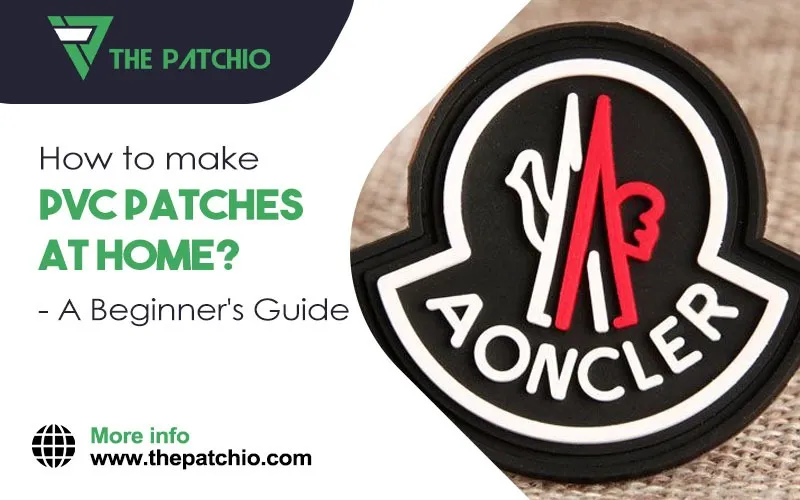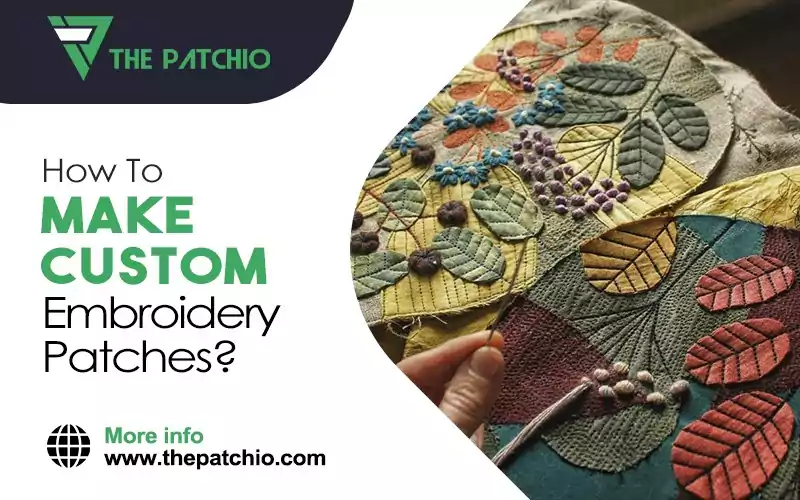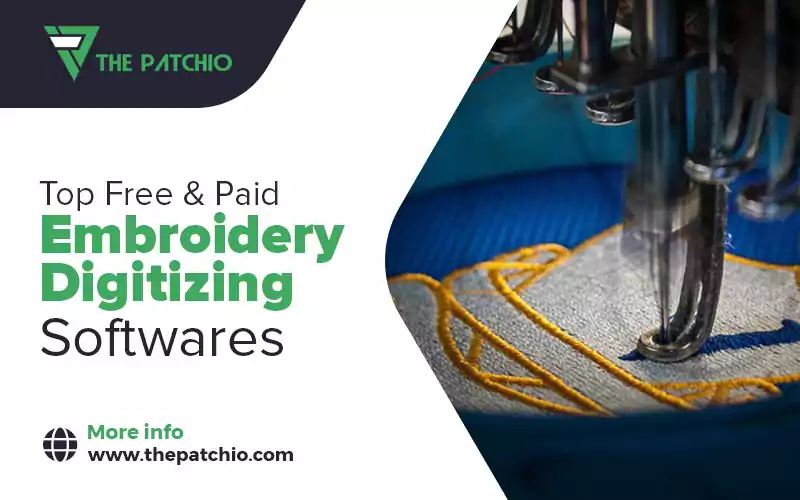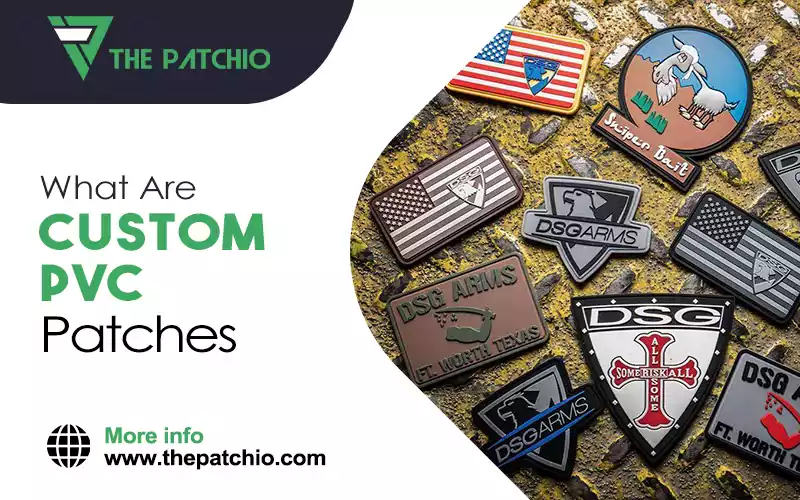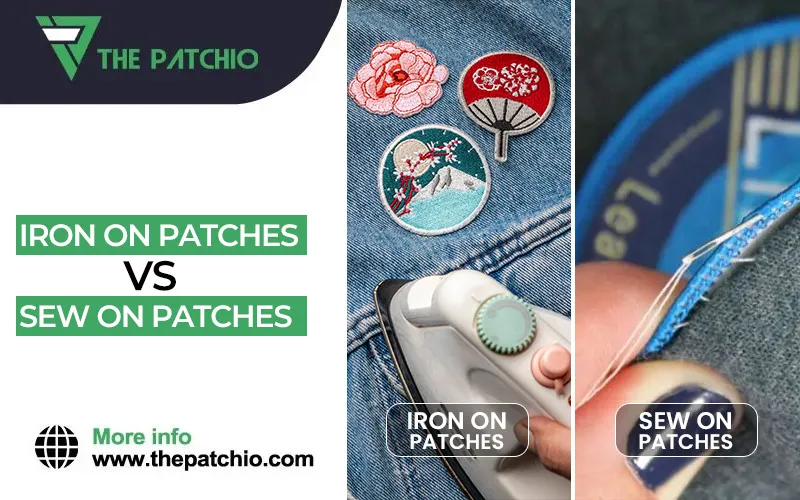
Patches have become a creative way to uplift fashion, spirits, and passion. Whether you're a brand looking to promote your product or an individual looking to enhance your fashion, the versatility of patches has come a long way. Most people nowadays are aware of the types of patches and their usage. However, a common difficulty they find is in finding the right attachment method for their patches.
This blog will delve into the two most common types of patch attachment methods: iron-on vs. sew-on patches. We will discuss both types in detail so that you can make a more informed decision.
Iron On Patch
As the name suggests, iron-on patches are a type of patch that can be applied to your fabric by ironing it on. Iron-on patches are made from cotton, polyester, or a blend of both. The front side consists of the design, and the back of the patch consists of a layer of adhesive that melts when you apply heat to it.
The Process
All you need to do is place the patch onto the fabric, following the fabric and manufacturer's instructions. Set your iron to the instructed heat setting, apply it to the patch by covering it with a small piece of cloth, and let the adhesive melt. The result conveniently and quickly attaches a patch to your fabric.
Related Article: How To Iron On a Patch
Related Article: Coolest way to wear Iron-on Patches
Pros:
- Iron Patches are very convenient to apply to your fabric. Additionally, the overall patch attachment process is quick.
- Once applied, they provide a neat and clean appearance.
- Iron-on patches are highly durable. They can withstand multiple wash cycles.
- They are very easy to remove.
Cons:
- Iron-on patches may not be suitable for some heat-resistant fabrics, including silk, wool, and spandex.
- The adhesive may weaken over time; You may reapply it.
- You have limited customization options compared to sew-on patches.
Sew-On Patches
Sew-on patches are made from a combination of cotton and polyester. Unlike iron-on patches, they are not attached but sewn onto the fabric using threads and a needle. The front side of the patch consists of a design that can be embroidered, woven, or printed, and the back side consists of plain fabric made from the same materials as the front side.
The Process
All you need to do is place the patch on your desired fabric and sew it by hand or using a sewing machine. To do that, you will need sewing skills to ensure a secure attachment.
Pros:
- It has no adhesive backing and instead uses a sewing method, making it more durable and enhancing longevity.
- It can be applied to any type of fabric—no problem with heat sensitivity.
- Provides flexibility and ease of movement without any effect on patch attachment
Cons:
- To apply sew-on patches, you need to have sewing skills.
- The application process sounds simple, but it is very time-consuming..
- It has the potential to damage the fabric.
- During the application, you may need additional tools in addition to a sewing machine.
The Key Differences Between Sew-on and Iron-on Patches
So far, I have told you what sew-on and Iron-on patches are, how to apply them, and their pros and cons. But to simplify things for better understanding, I am highlighting the key differences between the two patches.
| Key Differences | Iron On Patches | Sew On Patches |
|---|---|---|
| Application Method | Need an Iron to melt the adhesive on the patch | Need Sewing skills and a Sewing machine |
| Backing | Consists of a thermoplastic layer of adhesive | Consists of a standard fabric backing |
| Lasting | The adhesive on the patch may weaken over time | No adhesive backing, making it a secure and permanent attachment option |
| Tools and Skills | You only need an iron without requiring any additional tools or skills | You will require sewing skills and may need additional tools |
| Flexibility | Easy to remove and can be applied to other items | Hard to remove and may damage the fabric |
| Customization | Limited Option | More diverse options with enhanced detailing |
Iron-on vs Sew-on Patches: Which One to Choose?
It depends. If you're looking for a convenient and flexible option, then go for iron-on backing, as it's easy to apply and remove, giving you versatility in usage. Durability might be a concern, but it's not a significant issue.
On the other hand, using sew-on patches provides a more secure attachment option, but the application process is time-consuming. Also, once applied, it is hard to remove. When it comes to customization, you can achieve more design details compared to iron-on patches. However, if your demand is convenience and flexibility, then iron-on patches are a more viable option.
Final Words
As one of the reliable patch manufacturers in the U.S. for more than 10 years, we specialize in creating amazing custom iron-on patches and sew-on patches. So, contact us today, send us your design, and we'll guide you further in choosing the backing type that's more suitable for you.



